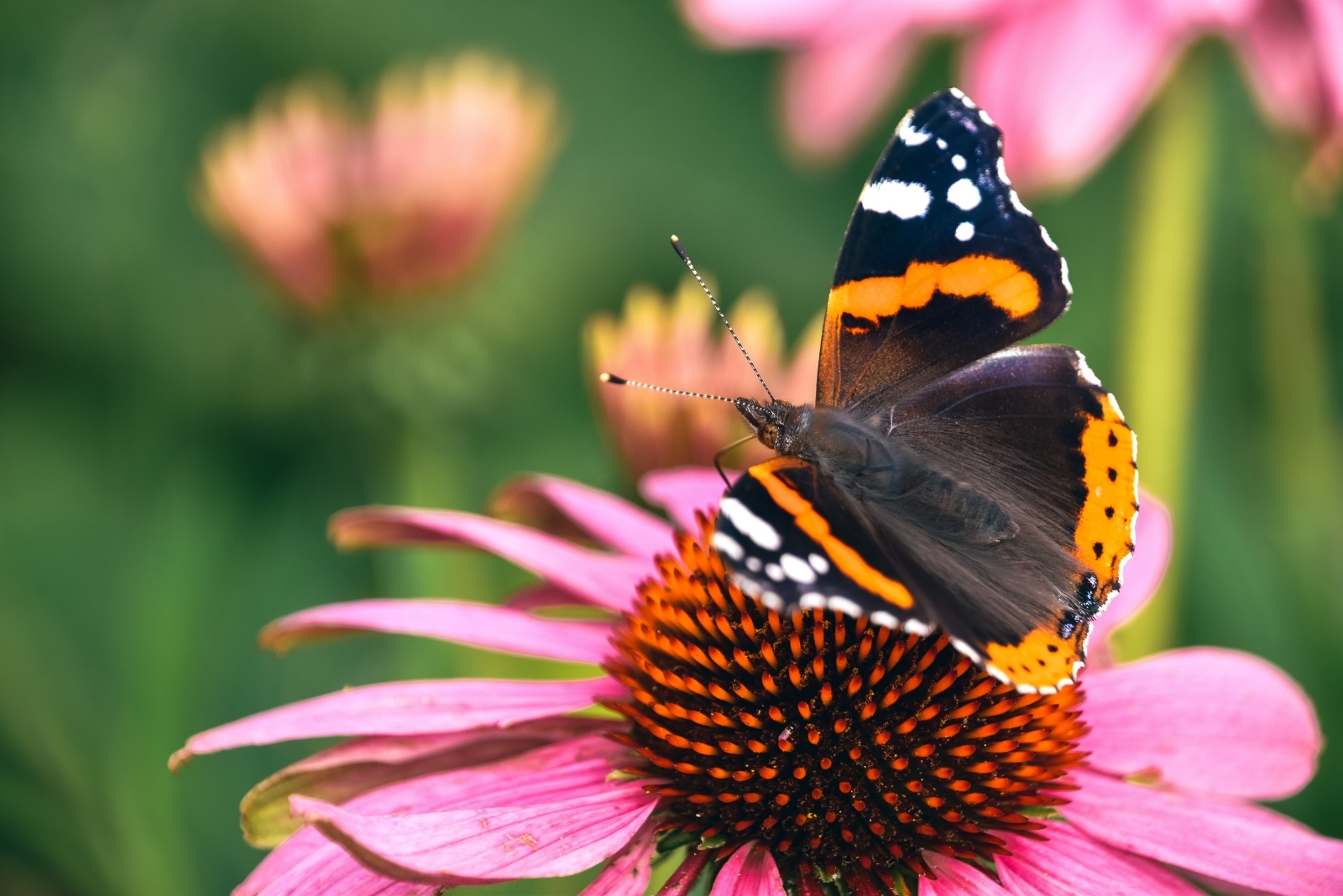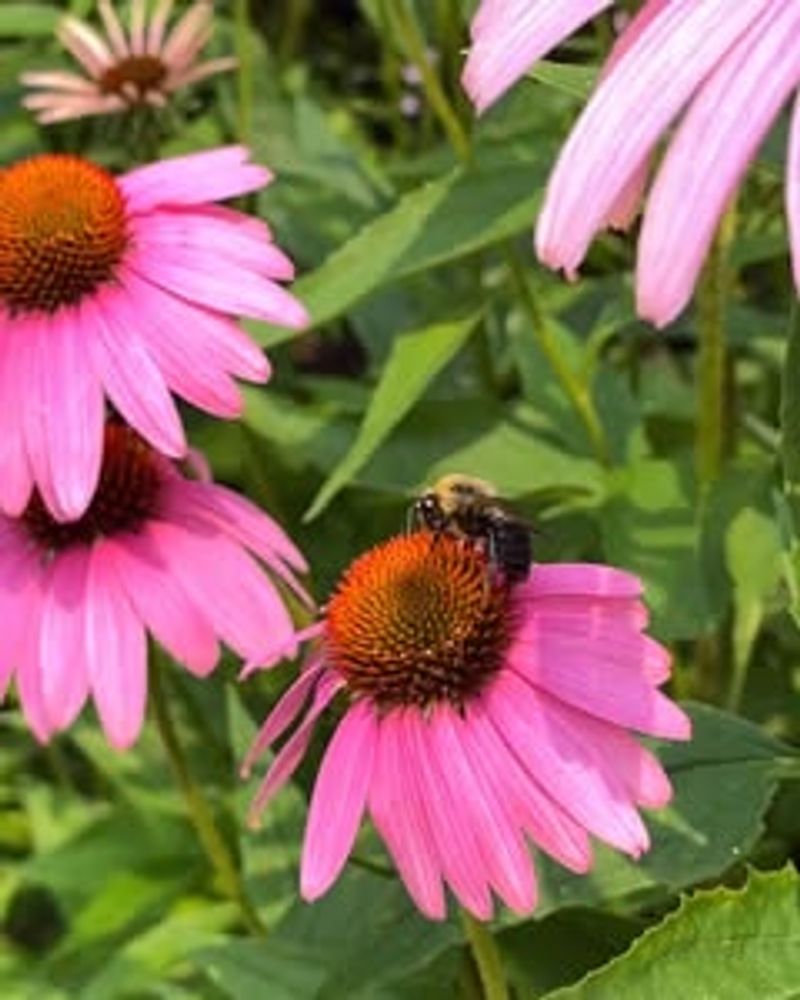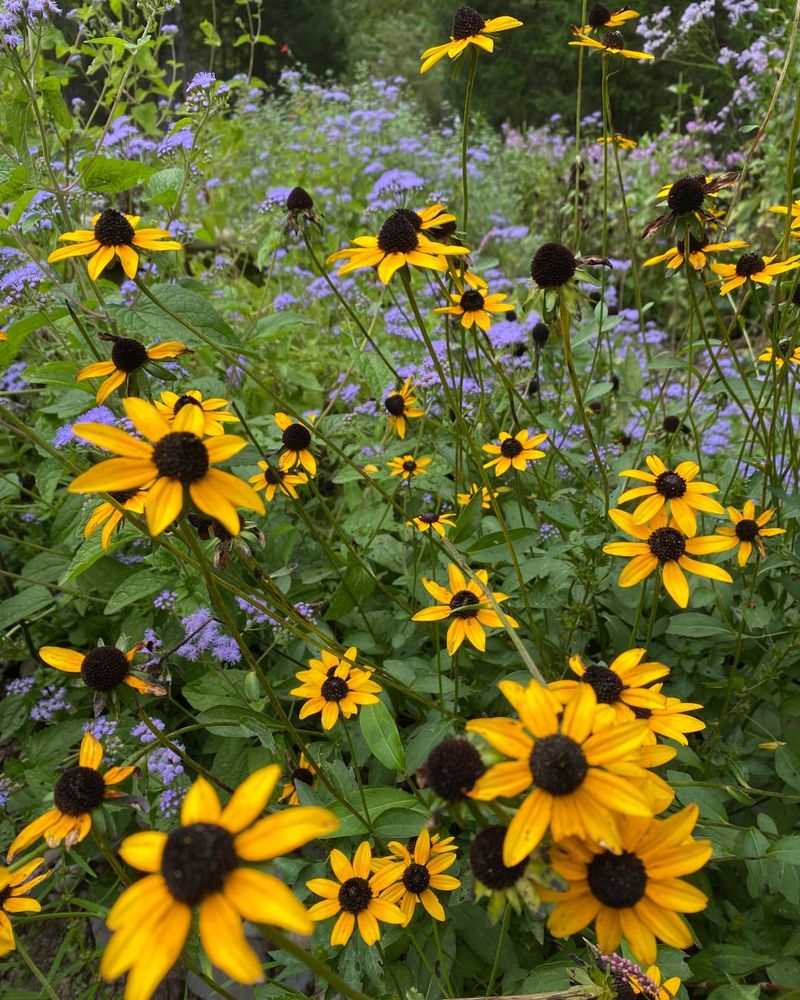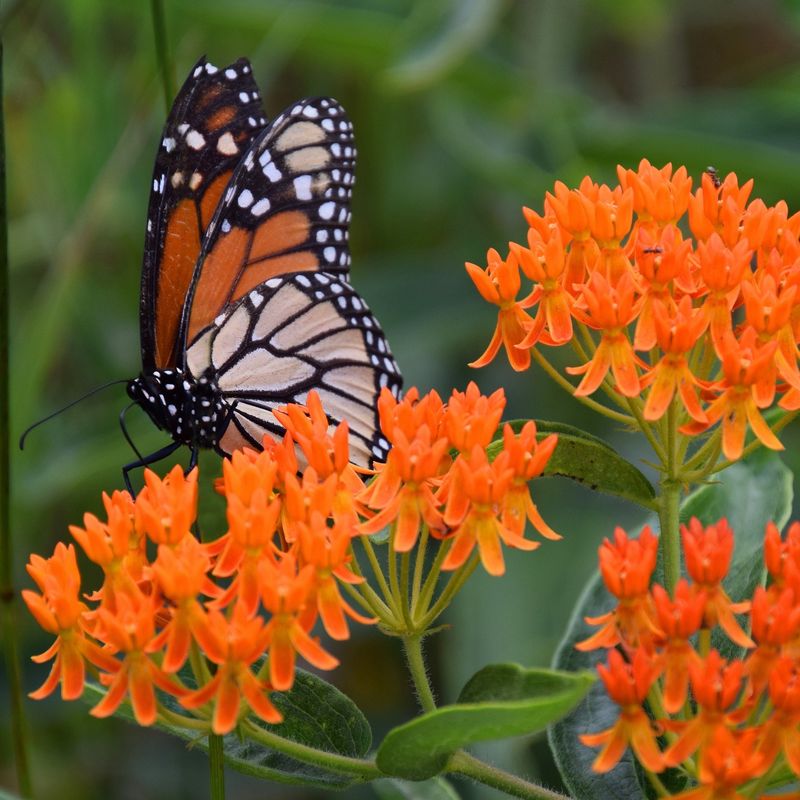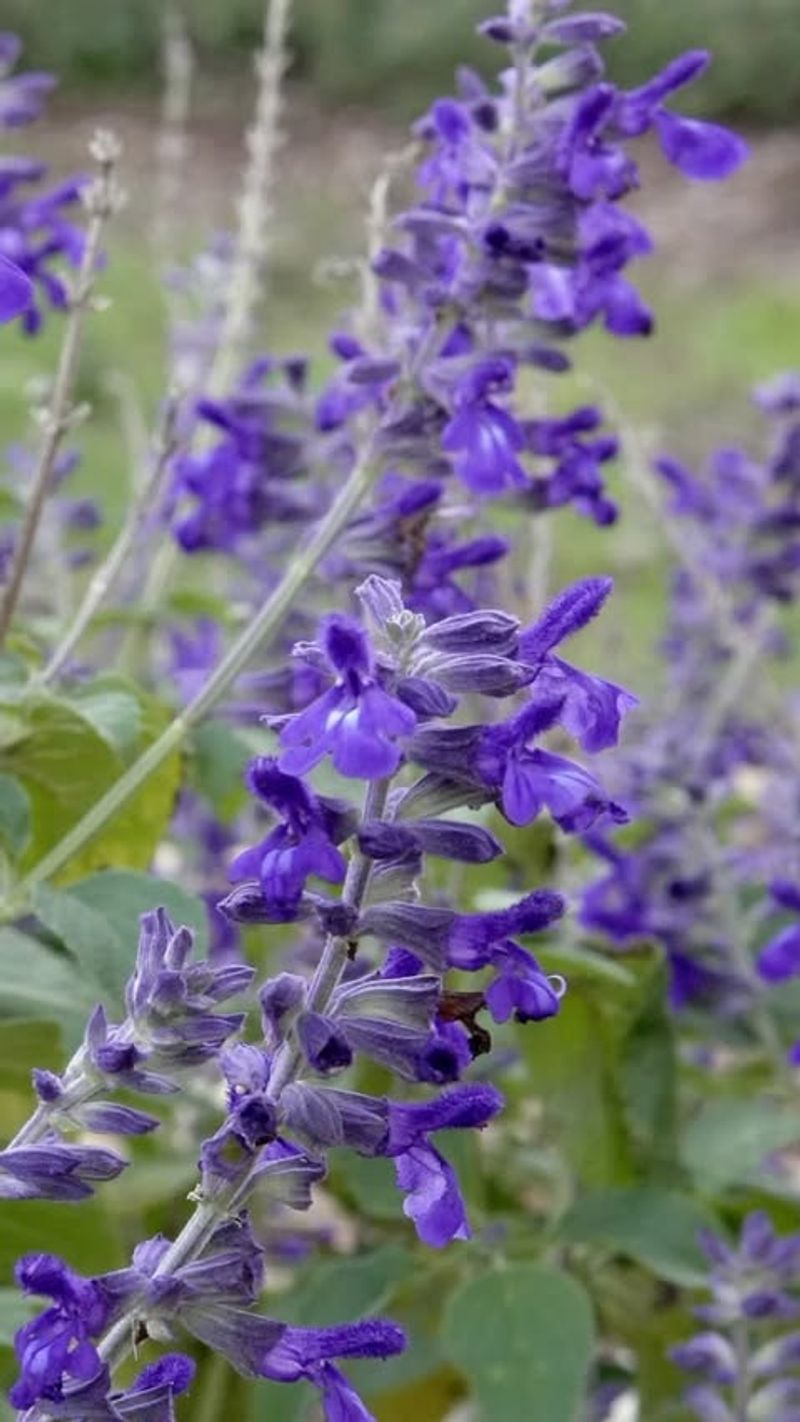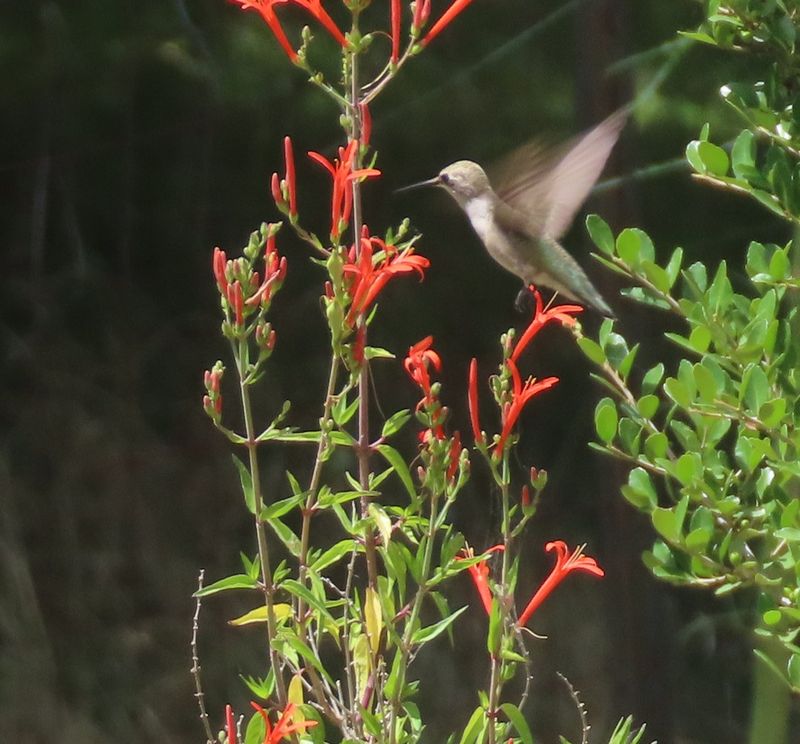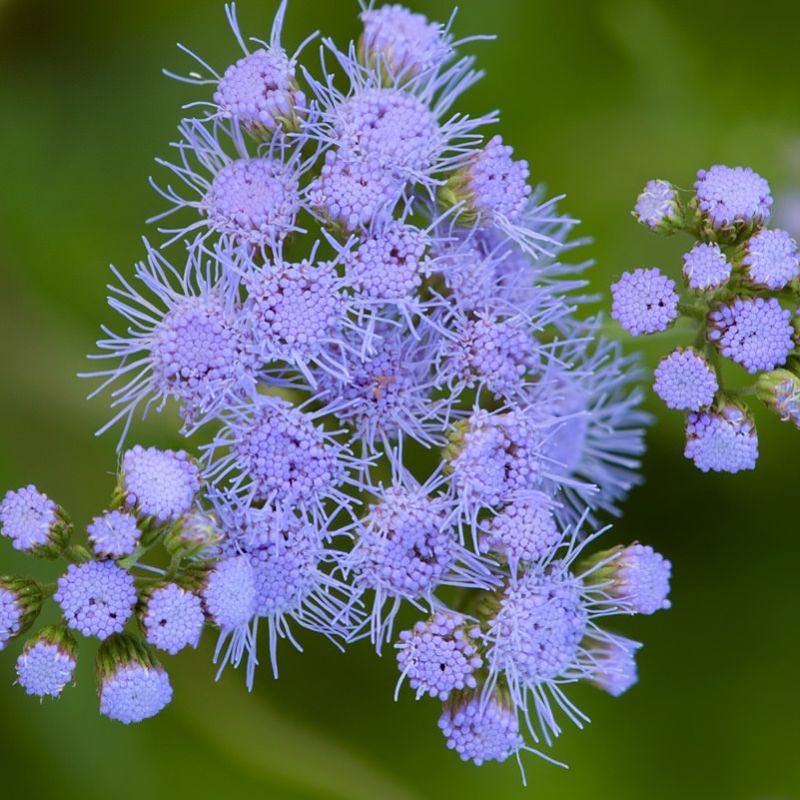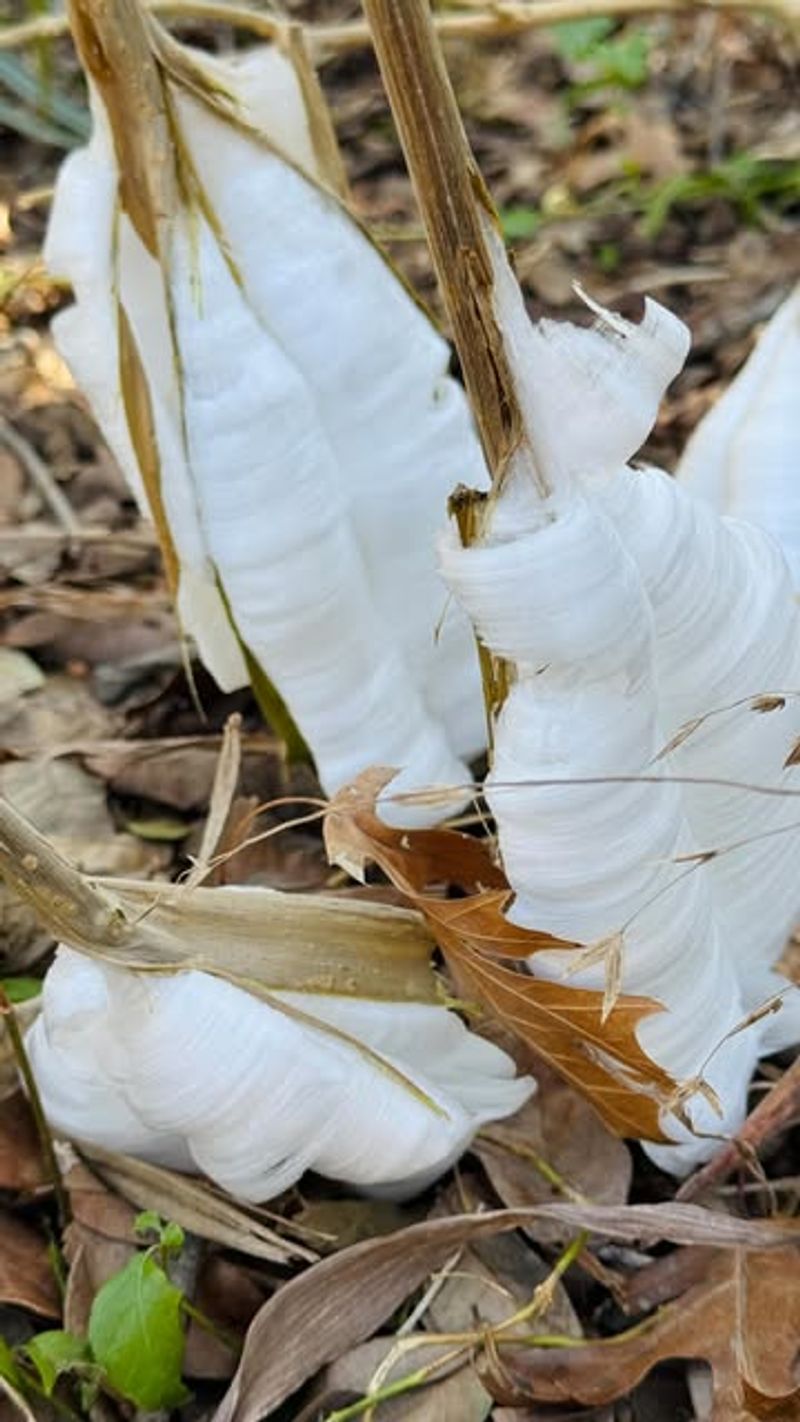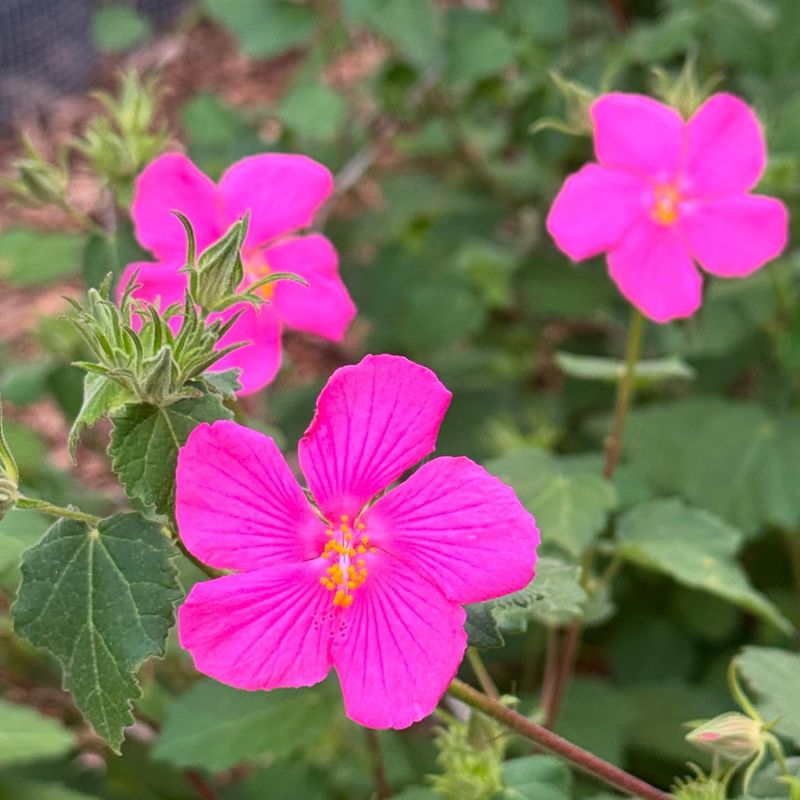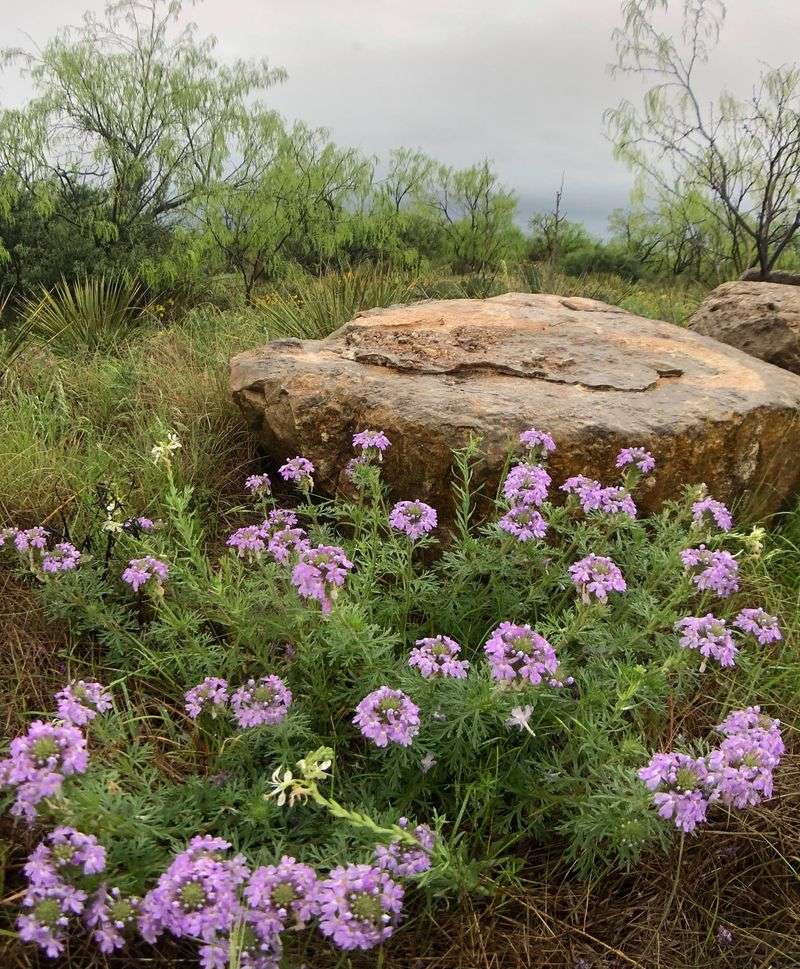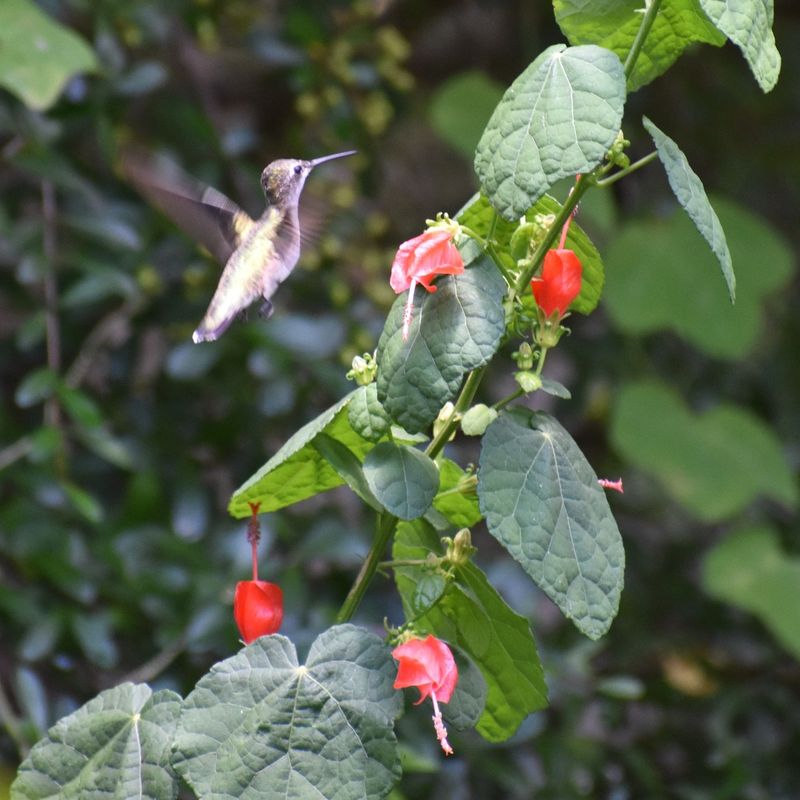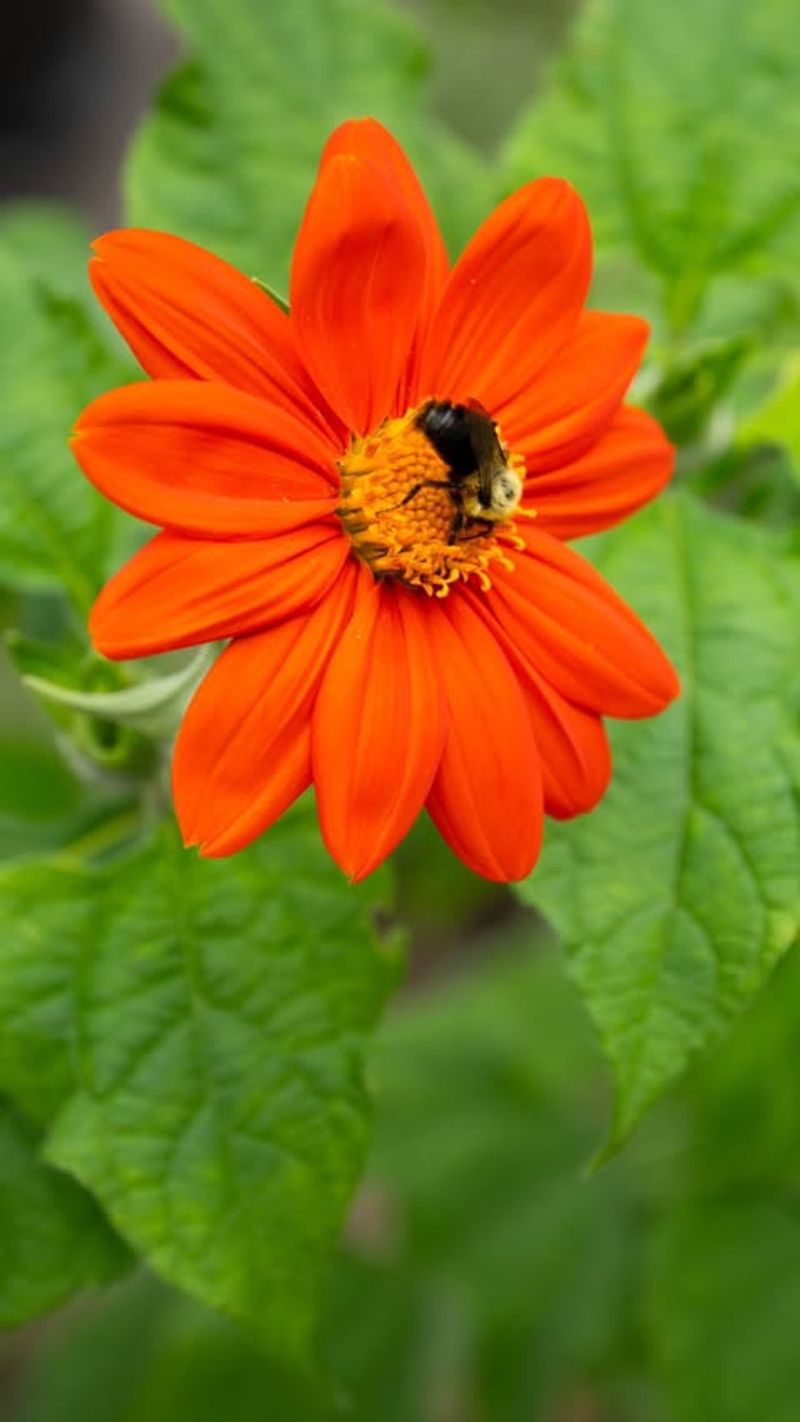Sunlight glints off the flowers of San Antonio Botanical Garden’s Pollinator Meadow, making every petal sparkle. Butterflies drift lazily from bloom to bloom while bees hum a steady rhythm.
You can almost hear the garden itself breathing with life. Every step brings a new surprise of color and movement. It’s the kind of place that makes you smile without even trying.
1. Purple Coneflower
Standing tall in Texas meadows, these daisy-like blooms with raised centers create quite a show from late spring through summer. Their nectar attracts butterflies while seed heads feed goldfinches and songbirds.
Hardy enough to withstand San Antonio’s hot summers, purple coneflowers need minimal care once established. Native Americans used them medicinally for centuries—a tradition that continues in modern herbal remedies.
2. Black-eyed Susan
Bright golden petals surrounding dark centers make these flowers impossible to miss in the Texas landscape. They bloom prolifically from June through September, creating waves of sunshine-yellow across the meadow.
Drought-tolerant and deer-resistant, these native beauties thrive in San Antonio’s climate with minimal fuss. Their sturdy stems stand up to summer storms while providing landing pads for bees collecting pollen.
3. Butterfly Weed
Despite its unfortunate name, this stunning orange wildflower is a treasure in any Texas garden. Monarch butterflies can’t resist its nectar, making it a crucial refueling station during their epic migrations.
The flat-topped flower clusters serve as perfect landing pads for pollinators. In San Antonio gardens, butterfly weed thrives in the well-drained soil and full sun, rewarding gardeners with months of vibrant blooms.
4. Mealy Blue Sage
Spikes of sky-blue flowers rise above silvery foliage, creating a cooling visual effect in the hot Texas landscape. Hummingbirds zoom in for the nectar while bees methodically work their way up each flower spike.
This San Antonio native thrives in challenging conditions, blooming repeatedly throughout the growing season. Its aromatic foliage releases a pleasant scent when brushed against, adding another sensory dimension to the meadow experience.
5. Flame Acanthus
Fiery tubular flowers erupt like tiny flames against deep green foliage, creating drama in the summer garden. Hummingbirds battle for territory around these plants, drawn irresistibly to their nectar-rich blooms.
Heat and drought only make this Texas native more determined to thrive. San Antonio gardeners appreciate its reliability during scorching summers when other plants surrender, continuing to provide vital resources for pollinators when they need it most.
6. Gregg’s Mistflower
Fluffy blue flower clusters create a misty effect across the garden from late summer into fall. Butterflies—especially Queens and Monarchs—flock to these blooms in astonishing numbers during migration season.
Low-growing and spreading, this Texas native forms beautiful drifts throughout San Antonio gardens. The powder-blue flowers seem to float above the foliage, creating an ethereal quality that contrasts with more structured plants in the meadow.
7. Autumn Sage
Year-round blooms in shades of red, pink, or white make this plant a cornerstone of Texas pollinator gardens. Hummingbirds defend these plants fiercely, darting in for quick sips of energy-rich nectar.
The aromatic foliage repels deer while attracting beneficial insects to San Antonio gardens. Compact and well-behaved, autumn sage fits perfectly into smaller spaces while still delivering maximum ecological impact through its abundant flowering.
8. Frostweed
Late-blooming clusters of white flowers provide critical nectar during fall butterfly migrations through Texas. The plant gets its curious name from the artistic ice crystals that form when stems freeze and split during winter’s first hard frost.
Tall and architectural, frostweed adds vertical interest to San Antonio’s meadow plantings. Its shade tolerance makes it valuable for woodland garden edges where many sun-loving pollinator plants struggle to perform.
9. Rock Rose
Delicate pink blooms resembling miniature hibiscus flowers open each morning, creating daily celebrations throughout the growing season. Native bees gather pollen from the prominent yellow stamens while sipping nectar from these generous flowers.
Tough as the Texas hills despite its dainty appearance, rock rose thrives in San Antonio’s challenging climate. The gray-green foliage provides a perfect backdrop for the bright flowers, enhancing their visual impact in the meadow.
10. Prairie Verbena
Tiny purple flowers clustered in flat-topped heads create carpets of color across the Texas landscape. These tough little plants bloom enthusiastically after even the lightest rainfall, providing crucial nectar during dry periods.
Low-growing and spreading, prairie verbena fills gaps between taller meadow plants in San Antonio gardens. Butterflies, especially smaller species like skippers, visit these flowers repeatedly throughout the day, demonstrating their high nectar quality.
11. Turk’s Cap
Unusual red flowers resemble tiny turbans with stamens protruding like tassels, creating whimsical interest in shady spots. Hummingbirds perform aerial acrobatics to access the nectar while butterflies perch carefully on the twisted petals.
Thriving in dappled shade where few flowering plants succeed, Turk’s cap fills an important niche in San Antonio ecosystems. The bright red fruits that follow the flowers feed birds and small mammals, extending this plant’s ecological value beyond pollinator support.
12. Mexican Sunflower
Brilliant orange-red blooms atop tall stems create dramatic focal points in the summer meadow. Butterflies congregate on these flowers in impressive numbers, creating living decorations across the fiery petals.
Though not technically native, this annual has earned honorary status in Texas pollinator gardens. San Antonio gardeners appreciate how easily it reseeds itself each year, creating reliable butterfly habitat with minimal effort in the botanical garden’s carefully planned meadow.

